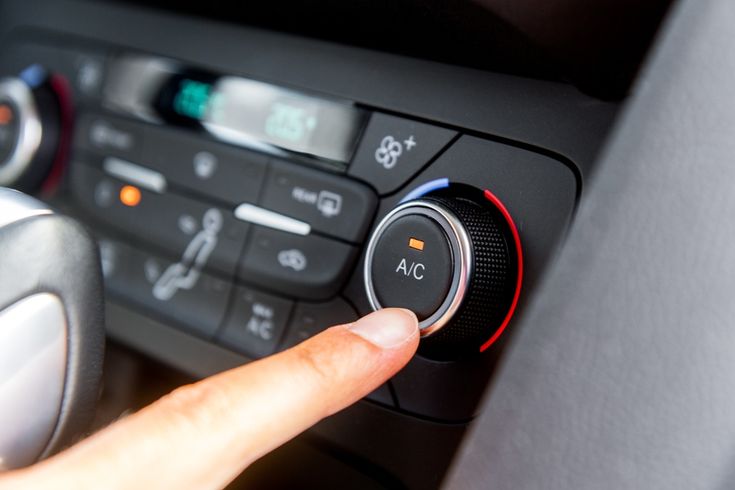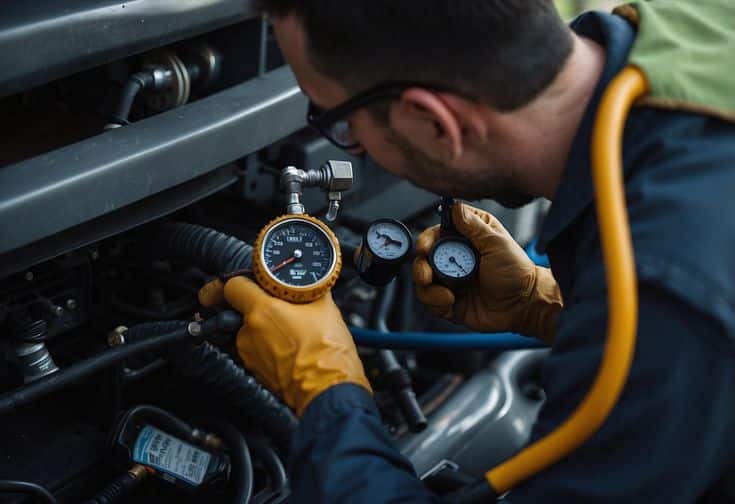
Introduction
Few things feel worse than sliding into a car on a sweltering summer afternoon and feeling the seats radiate heat like an oven. Within moments, sweat beads form, the steering wheel feels like a stovetop, and all you want is that sweet blast of cold air.
Thankfully, your car’s air conditioning (AC) system makes hot days bearable — but have you ever wondered how it works? The science behind it is fascinating, and once you understand the basics, you’ll see your car AC in a whole new light.
A Quick History of Car Air Conditioning
The first factory-installed car AC appeared in the early 1940s, and back then it was a luxury reserved for premium models. Over time, AC systems became more compact, affordable, and efficient, turning into a standard feature in most vehicles by the 1980s.
One big shift came in the 1990s, when the refrigerant R-12 (Freon) was phased out due to environmental concerns and replaced by R-134a — and now, newer models often use R-1234yf, which is more eco-friendly.

The Core Science of Cooling
At its heart, a car AC system isn’t actually creating “cold” — it’s moving heat.
Here are the two scientific principles at play:
- Heat Transfer – Heat naturally flows from a warmer place to a cooler one. Your AC system simply takes heat from inside the cabin and moves it outside.
- Phase Change – The refrigerant changes between liquid and gas states. When it evaporates into a gas, it absorbs heat; when it condenses into a liquid, it releases heat.
Think of it like sweating: your body releases moisture on your skin, and when it evaporates, it pulls heat away, making you feel cooler.
Key Components of a Car AC System
- Compressor – Often called the “heart” of the AC, it pressurizes the refrigerant and circulates it through the system.
- Condenser – Located near the front of the car, it releases heat into the outside air.
- Expansion Valve / Orifice Tube – Regulates the flow of refrigerant into the evaporator.
- Evaporator – Located inside the cabin, it absorbs heat from the air before sending it back into the car as cool air.
- Refrigerant – The chemical that carries heat; it’s constantly cycling between liquid and gas form.

The Cooling Cycle Step-by-Step
- Compression – The compressor squeezes the refrigerant gas, increasing its temperature and pressure.
- Heat Release – The hot, high-pressure gas flows into the condenser, where it cools down and turns into a liquid, releasing heat to the outside air.
- Pressure Drop – The liquid refrigerant passes through the expansion valve or orifice tube, dropping in pressure and temperature.
- Heat Absorption – The cold refrigerant flows into the evaporator. Warm cabin air passes over it, heat is absorbed, and cool air is blown back into the cabin.
- Repeat – The refrigerant cycles back to the compressor, and the process repeats until your cabin reaches the desired temperature.

Why AC Systems Lose Efficiency Over Time
Even the best AC system can lose its edge over the years due to:
- Refrigerant leaks from worn seals or hoses.
- Aging compressor parts that lose efficiency.
- Dirty condenser or cabin filters restricting airflow.
- Electrical issues with fans or sensors.
Even the best AC system can lose its edge over the years due to leaks, worn parts, or restricted airflow. If major repairs are needed, a professional may need to remove all the refrigerant and moisture from the system — a process known as evacuating a car AC system — before refilling it to restore proper performance.
Tips to Keep Your Car AC Working Efficiently

- Run your AC for a few minutes at least once a week, even in winter, to keep seals lubricated.
- Replace your cabin air filter regularly to maintain airflow.
- Keep the condenser area free of leaves, bugs, and dirt.
- Have your refrigerant checked during your annual vehicle service.
Have your refrigerant checked during your annual vehicle service, and if levels are low, you can follow a step-by-step guide on how to recharge your car’s AC system to bring back optimal cooling power. For those who enjoy maintaining their own vehicle, Orion Motor Tech’s auto tools can make AC servicing and other repairs more efficient and hassle-free.
The Future of Car AC Technology
- Electric Vehicle AC – Uses electric compressors powered by the car’s battery.
- Eco-Friendly Refrigerants – Like R-1234yf and even CO₂-based systems.
- Energy-Efficient Designs – Better insulation, improved airflow, and smart climate control to reduce energy waste.
Conclusion
Your car’s AC isn’t just a luxury — it’s a finely tuned system that uses science to make your ride comfortable. By understanding how it works, you can better maintain it, save on repairs, and keep your cool no matter how hot it gets outside.
- 0shares
- Facebook0
- Pinterest0
- Twitter0
- Reddit0













